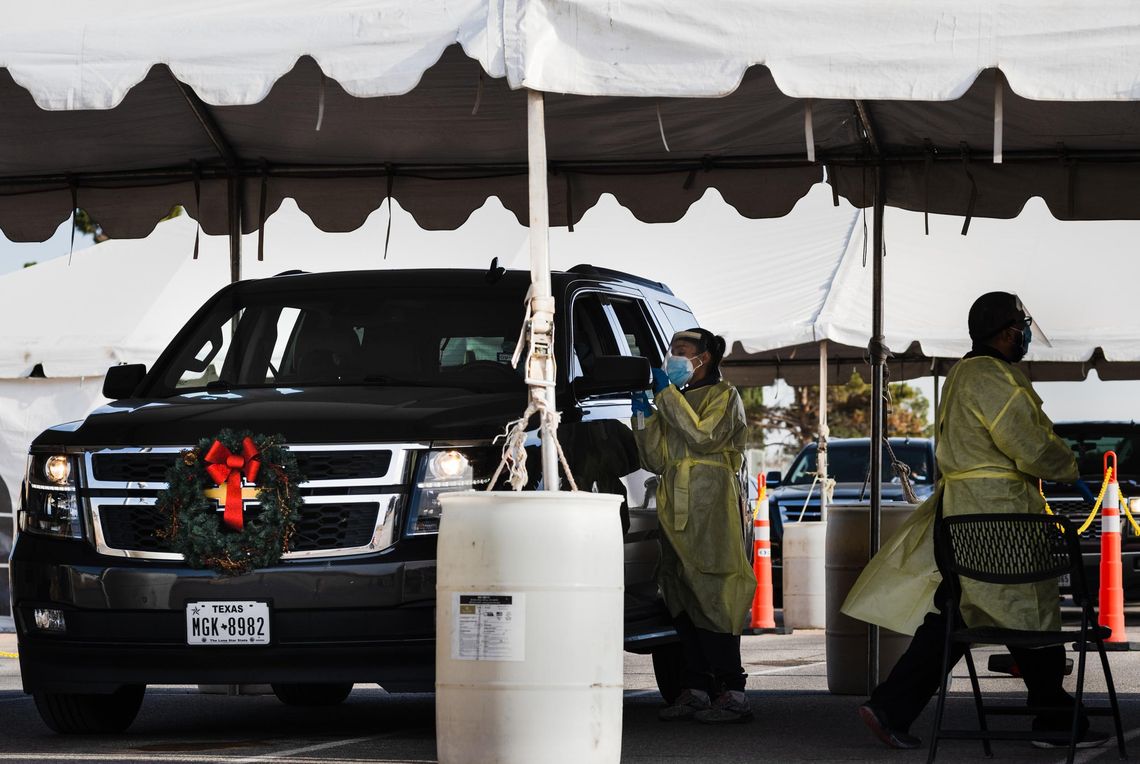The omicron variant has led to a surge in positive cases across Texas, and some hospital regions are seeing numbers of COVID-19 patients that rival last winter.
The variant, which is now known to be more transmissible than delta and the original virus strain, has also led to the state’s highest rate of positive cases with more than 1 in 5 COVID-19 tests reading positive.
In Texas, the positive case rate surpassed 10% by mid-December, which put the state in a "red zone," a rating for which federal officials encourage more restrictions to limit the virus' spread. More than a week later, the rate has more than doubled, reaching its highest point yet with a 22.3% positivity rate.








